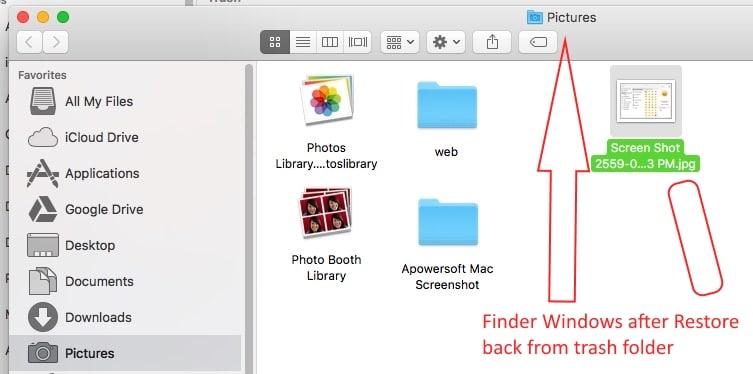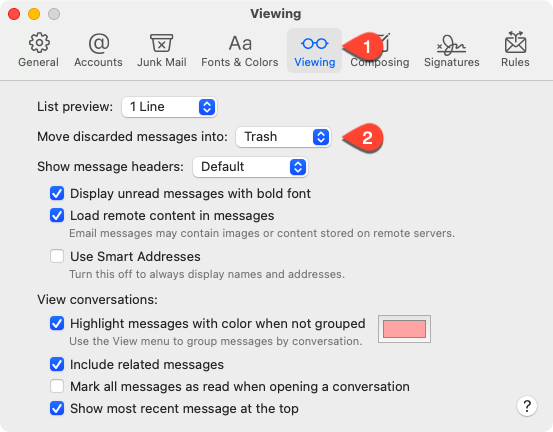

WHERE IS MAC TRASH FOLDER FREE
You might run out of free space on your Mac if you don’t empty the Trash regularly.
WHERE IS MAC TRASH FOLDER HOW TO
How to automatically empty the Trash on a Mac The file will immediately vanish from your Mac, without going into the Trash first. To do this, select the file using Finder and press Command + Option + Delete. If you already know you want to permanently delete a file or folder from your Mac, you can actually bypass the Trash entirely.

You can usually bypass this confirmation popup by holding Option while you empty the Trash. No matter which of the above methods you use, you’ll see a confirmation window appear asking if you’re sure you want to empty the Trash. While using Finder, Shift + Command + Delete.From any Finder window, go to Finder > Empty Trash from the menu bar.
/1820662-Man-and-trash-cans--575d41c05f9b58f22eb4f62c.png)
Control-click anywhere in the Trash folder and select Empty Trash.Open the Trash folder and click Empty in the upper-right corner.Control-click the Trash icon on the Dock and select Empty Trash.Here are all the ways to empty the Trash on your Mac: When you do so, your Mac permanently deletes every file in the Trash, so you should make sure you don’t want to recover deleted files from the Trash before you do it.Įach option ends up with the same result, so the best method to use depends on your particular workflow. There are multiple ways to empty the Trash on your Mac. When you empty the Trash, your Mac permanently deletes all those files, creating free space for you to use with new files instead. But it’s also important to empty the Trash occasionally, to avoid it taking up too much storage on your Mac. This way, if you accidentally deleted something, you can find it in the Trash and restore it without needing to worry. Deleting a file on your Mac moves it to the Trash folder.


 0 kommentar(er)
0 kommentar(er)
